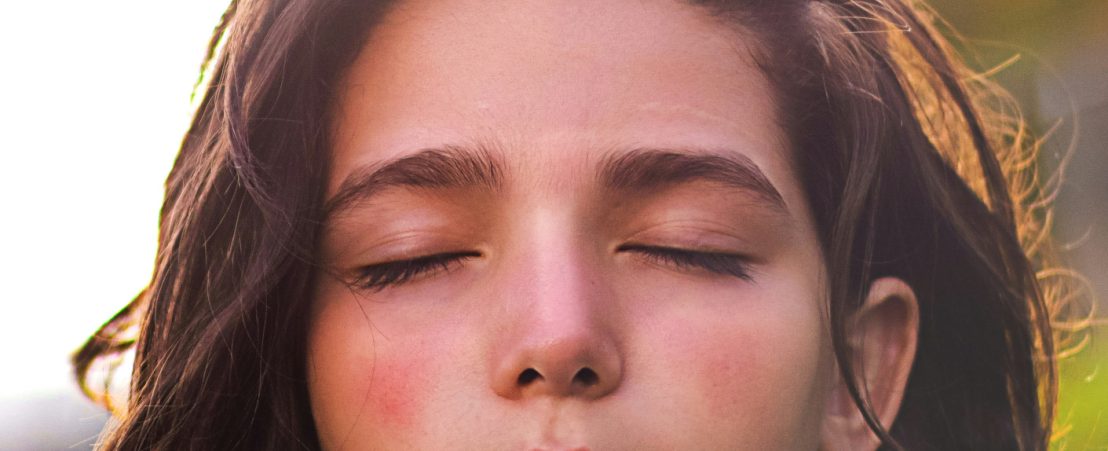
Eyelid malpositions are a disorder that can appear with age. The eyelid rolls inward or outward due to the distension of the tendon that holds it. The corrective treatment consists in a surgery.
| EYELID MALPOSITIONS | |
|---|---|
| Entropion | Ectropion |
| The eyelid is rolled inwards | The eyelid is rolled outwards and feels droopy |
| Eyelashes rub against the cornea This rubbing causes discomfort It can cause corneal wounds which can be potentially dangerous | The conjunctiva is exposed It turns red It can experience keratinization It leads to a lack of lubrification |
Eyelids are the structures in charge of protecting the eyeball and help lubricate the eye through blinking. Any abnormality in eyelid position leads to a so-called eyelid malposition.
There are mainly two types of eyelid malpositions.
Eyelid malpositions are caused by an eyelid instability, that leads to a loss of tension in lateral canthal tendon, in charge of holding the eyelid. This may lead to an inward (entropion) or outward (ectropion) eyelid rolling.
In ectropions, when the eyelid is rolled outward, the conjunctiva, which is an inner part of the eye, becomes exposed. Over time, it becomes red and then, it can even suffer from keratinization, which is a process in which the conjunctiva turns into what looks like skin. This, in turn, leads to an insufficient lubrication of the eye.
In terms of entropion, when the eyelid is rolled inwards, eyelashes rub against the cornea, which produces small corneal wounds that can be potentially dangerous. Moreover, this rubbing causes substantial discomfort for the patient.
Eyelid malpositions are fixed through surgery. This surgical procedure is aimed at adjusting the lateral canthal tendon tension and providing stability to eyelid in order to avoid further destabilization. By doing so, the eyelid would neither roll inwards nor outwards.
These surgeries are carried out on an outpatient basis, which means the patient undergoes surgery and goes home the same day. They are performed under local anaesthesia with some sedation. Sedation is used in order to prevent them from feeling pain. The patient leaves the clinic with the eye covered. The next day, the patient should come to the consultation in order to have the cover removed. Another appointment is scheduled one week later in order to remove the sutures, and one month after the patient is usually recovered.

Contact us or request an appointment with our medical team.